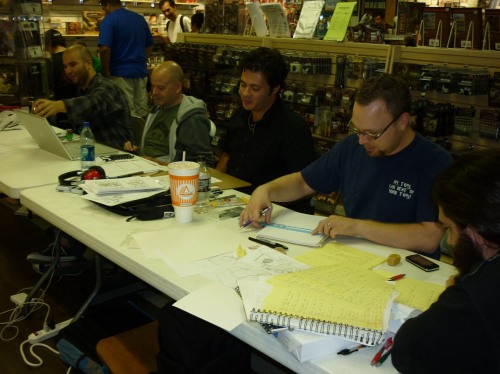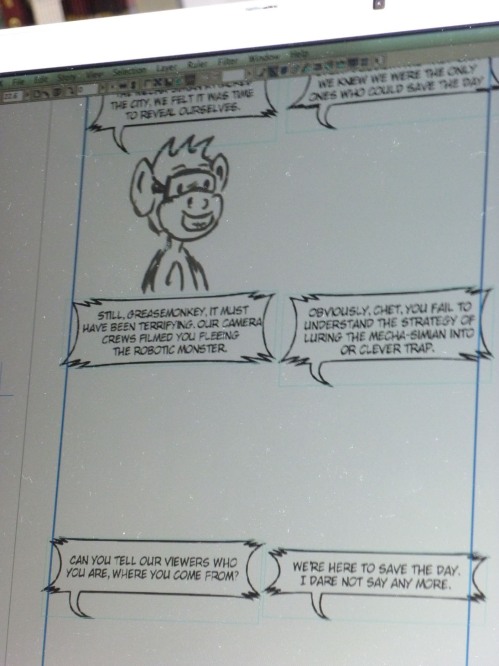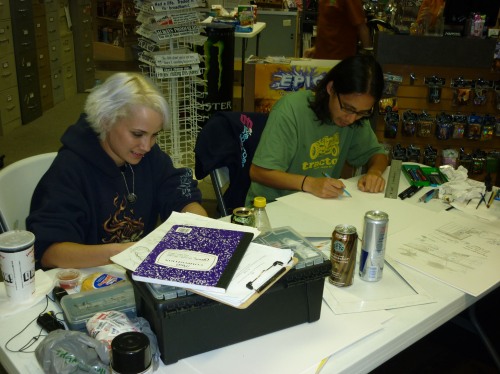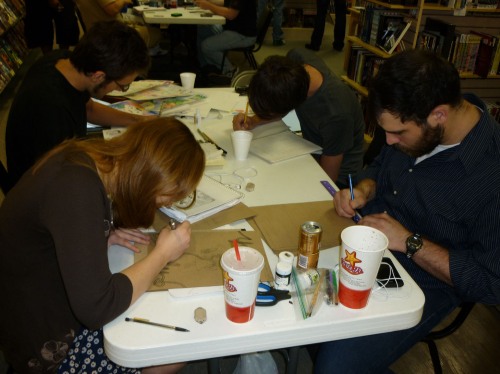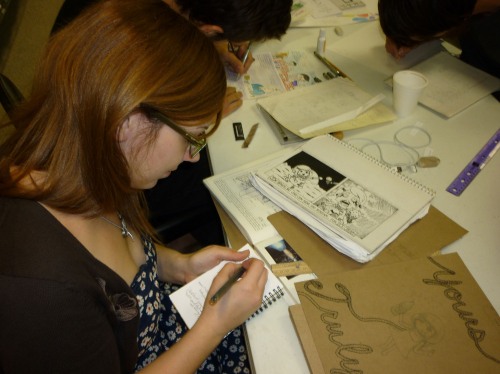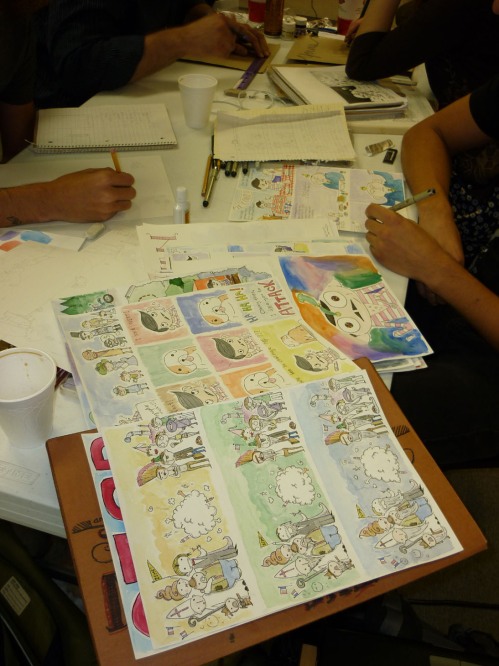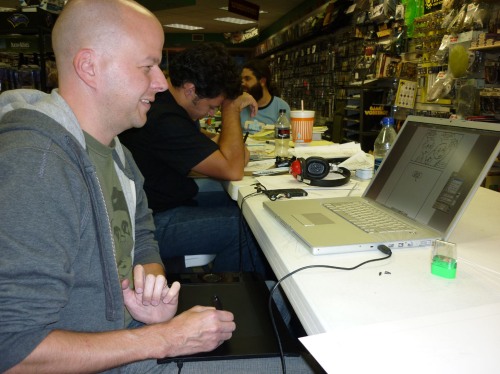By Martin Thomas
Britain’s impending withdrawal from Afghanistan and France’s recent dispatch of troops to the troubled Central African Republic are but the latest indicators of a long-standing pattern. Since 1945 most British and French overseas security operations have taken place in places with current or past empire connections. Most of these actions occurred in the context of the contested end of imperial rule – or decolonization. Some were extraordinarily violent; others, far less so. Historians, investigative journalists and leading intellectuals, especially in France, have pointed to extra-judicial killing, systematic torture, mass internment and other abuses as evidence of just how dirty decolonization’s wars could be. Some have gone further, blaming the dismal human rights records of numerous post-colonial states on their former imperial rulers. Others have pinned responsibility on the nature of decolonization itself by suggesting that hasty, violent or shambolic colonial withdrawals left a power vacuum filled by one-party regimes hostile to democratic inclusion. Whatever their accuracy, the extent to which these accusations have altered French and British public engagement with their recent imperial past remains difficult to assess. The readiness of government and society in both countries to acknowledge the extent of colonial violence indicates a mixed record. In Britain, media interest in such events as the systematic torture of Mau Mau suspects in 1950s Kenya sits uncomfortably with the enduring image of the British imperial soldier as hot, bothered, but restrained. Recent Foreign and Commonwealth Office releases of tens of thousands of decolonization-related documents, apparently ‘lost’ hitherto, may present the opportunity for a more balanced evaluation of Britain’s colonial record.
In France, by contrast, the media furores and public debates have been more heated. In June 2000 Le Monde’s published the searing account by a young Algerian nationalist fighter, Louisette Ighilahriz, of her three months of physical, sexual and psychological torture at the hands of Jacques Massu’s 10th Parachutist Division in Algiers at the height of Algeria’s war of independence from France. Ighilahriz’s harrowing story helped trigger years of intense controversy over the need to acknowledge the wrongs of the Algerian War. After years in which difficult Algerian memories were either interiorized or swept under capacious official carpets, big questions were at last being asked. Should there be a formal state apology? Should decolonization feature in the school curriculum? Should the war’s victims be memorialized? If so, which victims? Although the soul-searching ran deep, official responses could still be troubling. On 5 December 2002 French President Jacques Chirac, himself a veteran of France’s bitterest colonial war, unveiled a national memorial to the Algerian conflict and the concurrent ‘Combats’ (using the word ‘war’ remained intensely problematic) in former French Morocco and Tunisia. France’s first computerized military monument, the names of some 23,000 French soldiers and Algerian auxiliaries who died fighting for France scrolled down vertical screens running the length of the memorial columns.
No mention of the war’s Algerian victims, but at least a start. Yet, seven months later, on 5 July 2003, another unveiling took place. This one, in Marignane on Marseilles’ outer fringe, was less official to be sure. A plaque to four activists of the pro-empire terror group, the Organisation de l’Armée secrète (OAS), carries the inscription ‘fighters who fell so that French Algeria might live’. Among those commemorated were two of the most notorious members of the OAS. One was Roger Degueldre, leader of the ‘delta commandos’, who, among other killings, murdered six school inspectors in Algeria days before the war’s final ceasefire. The other was Jean-Marie Bastien-Thiry, organizer of two near-miss assassination attempts on Charles de Gaulle, first President of France’s Fifth Republic. Equally troubling, it took the threat of an academic boycott in 2005 before France’s Council of State advised President Chirac to withdraw a planned stipulation that French schoolchildren must be taught the ‘positive role of the French colonial presence, notably in North Africa’.
One explanation for the intensity of these history wars is that few France and Britain’s colonial fights since the Second World War were definitively won or lost at identifiable places and times. The fall of the French fortress complex at Dien Bien Phu in May 1954, the climax of an eight-year colonial war over Vietnam’s independence from France, was the exception, not the rule. Not surprisingly, its anniversary has been regularly celebrated by the Vietnamese Communist authorities since then.
Elsewhere it was harder for people to process victory or defeat as a specific event, as a clean break offering new beginnings, rather than as an inconclusive process that settled nothing. Officials in British Kenya reported that the Mau Mau rebellion, rooted among the colony’s Kikuyu majority, was ‘all but over’ by the end of 1955. Yet emergency rule continued almost five years more. To the East, in British Malaya, a larger and more long-standing Communist insurgency was in almost incessant retreat from 1952. Surrender terms were laid down in September 1955. Two years later British aircraft peppered the Malayan jungle, not with bombs but with thirty-four million leaflets offering an amnesty-for-surrender deal to the few hundred guerrillas who remained at large. Even so Malaya’s ‘Emergency’ was not finally lifted until 1960.
In the two decades that followed, the Cold War migrated ever southwards, acquiring a more strongly African and Asian dimension. The contest between liberal capitalism and diverse models of state socialism became a battle increasingly waged in regions adjusting to a post-colonial future. Some of the bitterest conflicts of the 1960s to the 1990s originated in fights for decolonization that morphed into intractable proxy wars in which civilians often counted amongst the principal victims. In the late twentieth century France and Britain avoided the worst of all this. Should we, then, celebrate the fact that most of the hard work of ending the British and French empires was done by the dawn of the 1960s? I would suggest otherwise. For every instance of violence avoided, there were instances of conflict chosen, even positively embraced. Often these choices were made in the light of lessons drawn from other places and other empires. Just as the errors made sometimes caused worst entanglements, so their original commission reflected entangled colonial pasts. Often messy, always interlocked, these histories remind us that Britain and France travelled their difficult roads from empire together.
Martin Thomas is Professor of Imperial History at the University of Exeter. This post is partially extracted from Fight or Flight: Britain, France, and their Roads from Empire
Subscribe to the OUPblog via email or RSS.
Subscribe to only history articles on the OUPblog via email or RSS.
The post Two difficult roads from empire appeared first on OUPblog.





